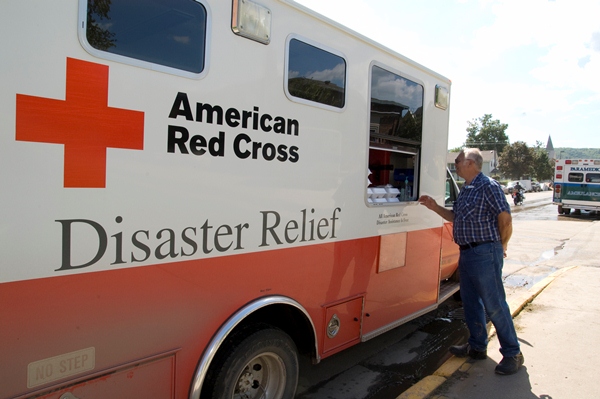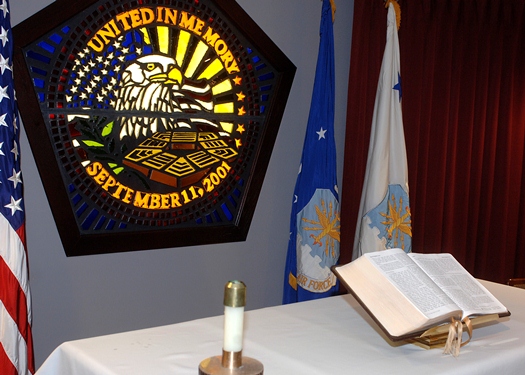It’s hard to believe Dragon*Con was over a week ago already. My life is very blurry these days, so it’s good that I have pictures to look at.
The best thing about conventions, even huge ones like Dragon*Con, is spending time with friends. I wasn’t able to get pictures of all my friends, but here are a few.
Here I am with “Genre Princess” Alethea Kontis and other members of her “Traveling Sideshow.”
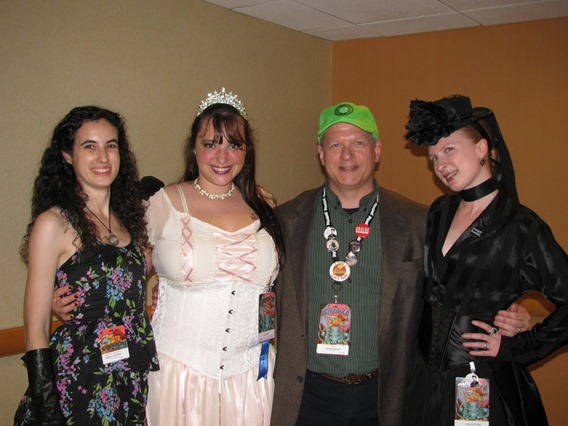
(L-R: Danielle Friedman, Alethea Kontis, me, Leanna Renee Hieber.)
Alethea was kind enough to bring me in off the bench to pinch hit for a sideshow member who couldn’t make it. Danielle Friedman performed a lovely New Zealand “poi” dance routine, while both Alethea and Leanna Hieber read from their work.
Note that I’m sporting my Monster Hunter International hat — it seemed appropriate, since I sang “The Monster Hunter Ballad.”
I also got my picture with Mary Robinette Kowal, who this year won the Hugo Award for best short story.
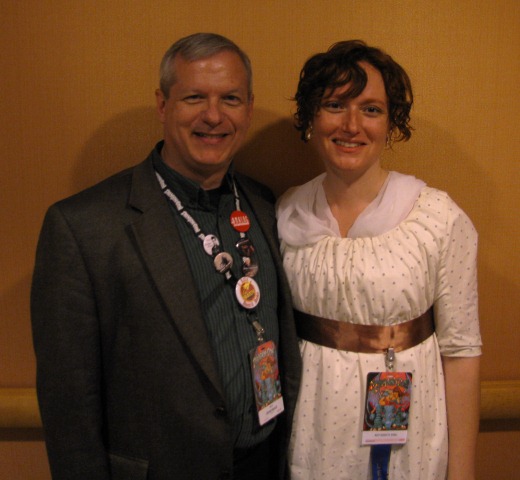
(Me with awesome author Mary Robinette Kowal.)
And who do you expect to run into when you go to Dragon*Con? Why, the person who turned over command of the Thule Tracking Station to you 11 years ago, whom you haven’t seen since! Rudy Ridolfi commanded POGO (our AF Satellite Control Network callsign) from 1999-2000, and I took over from him in July 2000. We only spent a week together, and I never realized he was a Klingon-speaking geek. It was great to see him and to meet his wife, Heather, who is a big fan of Baen Books.
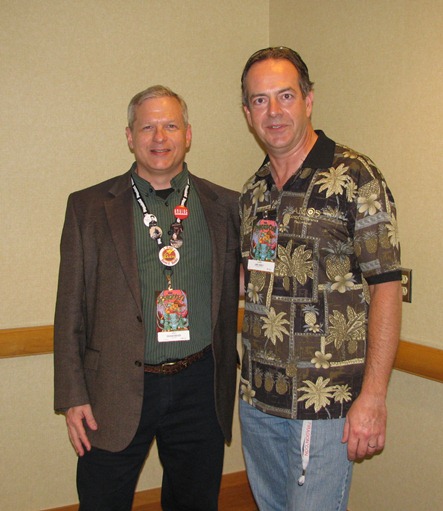
(Two former commanders of Detachment 3, 22nd Space Operations Squadron, Thule Air Base, Greenland: me, and Rudy Ridolfi.)
Note that all of the above happened on the FIRST DAY of the convention! Dragon*Con, of course, is a frenzied and confusing 4-day-long hive of activity. Thankfully, I was able to enjoy breakfast one morning with some of my fellow Codex Writers:
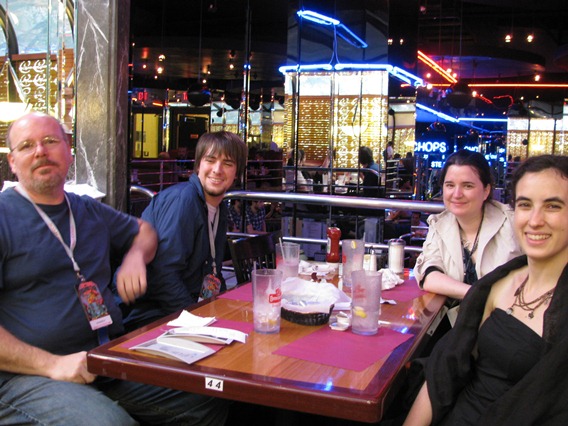
(L-R: David M. Gill, David’s son Justin, Hel Bell, Danielle Friedman.)
My pictures from the Baen lunch didn’t turn out well enough to post, but I have pictures from the filking and random costumed folks that I will post on another day.



 by
by 






